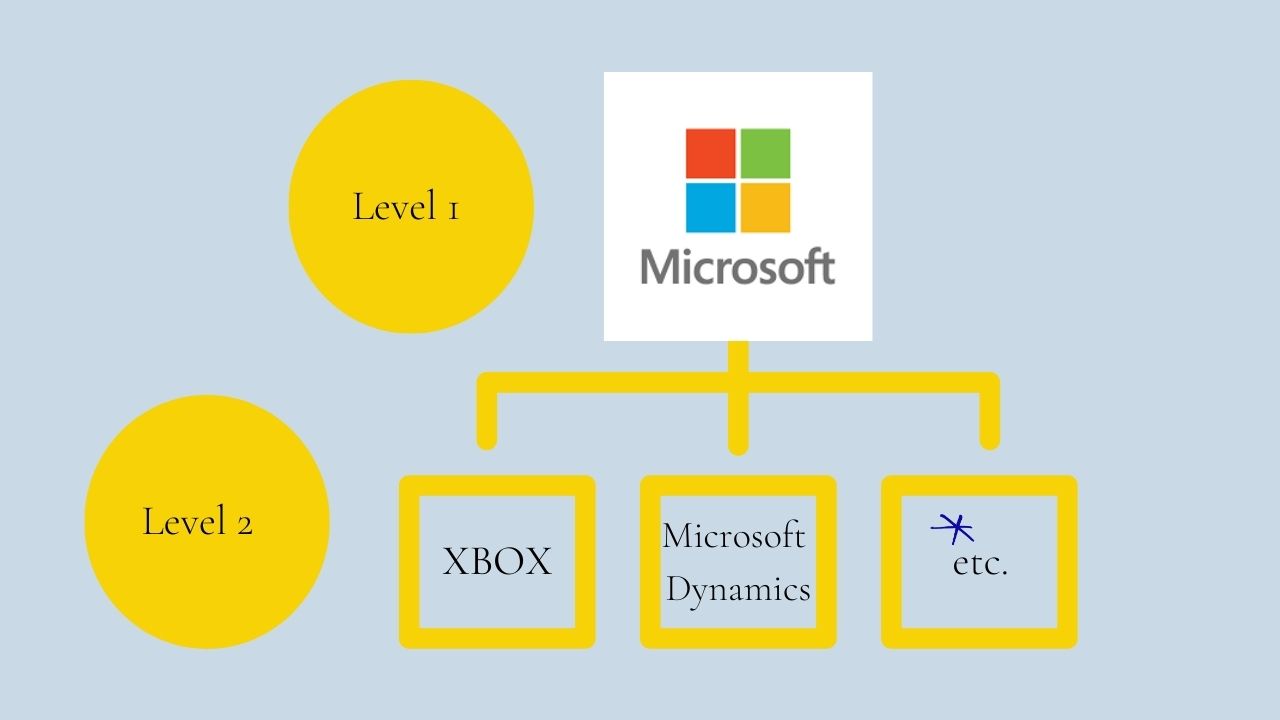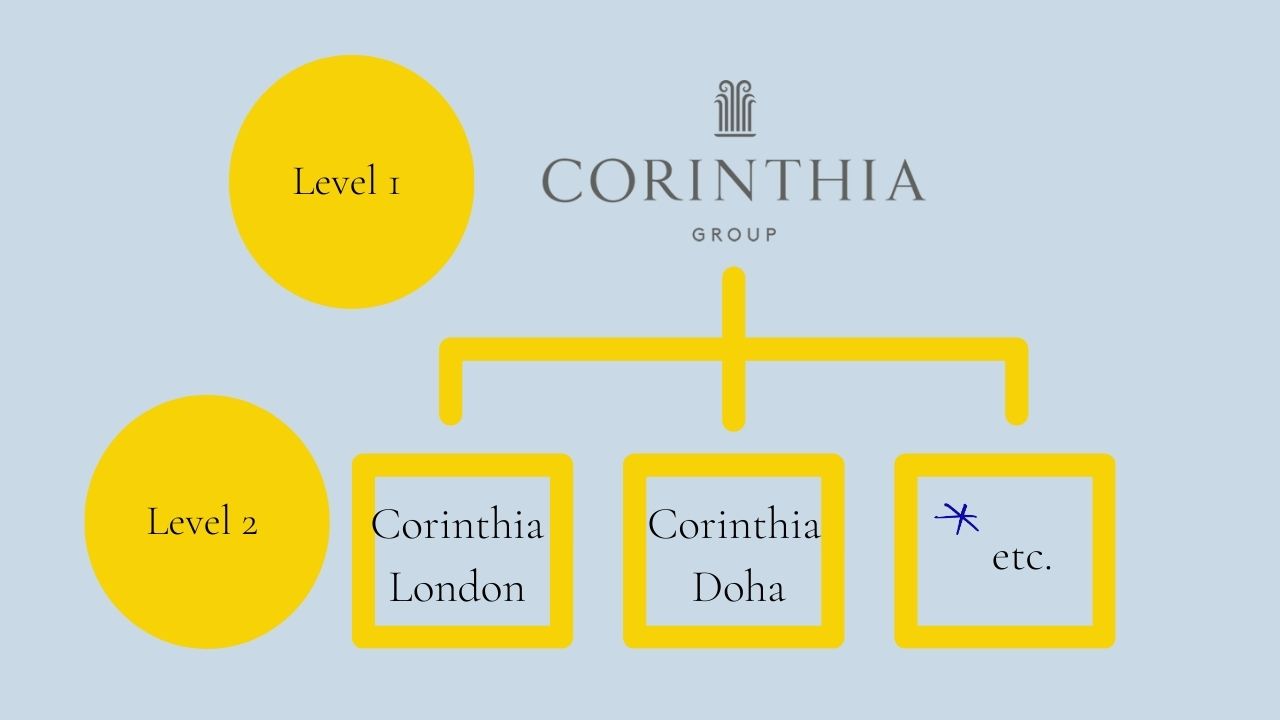How to use brand positioning, value propositions and purpose in marketing and brand strategy

Brand strategy jargon. It’s everywhere. It stops smart people learning how to do brand strategy, and it prevents great ideas from becoming drivers of business growth.
It’s a barrier to clarity and simplicity – key elements of an effective strategy.
Positioning, value propositions and purpose are three of those phrases that can trip people up.
If you don’t know what they are, and how to use them, they can put you off delivering something a business really needs.
If you’re used to using just one of them, it can lead to unnecessary battles with a client, where you’re fighting for the use of one over another without really knowing why you’re doing so.
Using all three together can create confusion.
But so can duplicating the same one too much across different parts of a business.
So let me help you get more clarity.
I’ll address what positioning, value propositions and purpose are – but most importantly what they DO. How they HELP an organization and how and when to use them.
The great news, if you’re a brand strategist, is that you can sell all of these things – purpose statements, positionings, value propositions - because the process of getting to a good one is EXACTLY THE SAME.
So let’s get into it.
Brand positioning, value propositions and purpose – when and how to use them
Firstly, if you go into Google now and type in, "What is a value proposition?” Or “What is a positioning?", you will get a ton of different answers. Chat GPT will pull a generic answer from the deluge of poor answers out there and you will be none the wiser.
Ignore anyone who claims that they have the ‘right’ answer. Brand strategy does not have legally agreed rules and terminology. If you’re searching for the one perfect definition, don’t waste your time.
In a literature review that identified 1,557 articles on the topic of positioning, the core conclusion was:

It’s the same with value propositions and purpose.
So don’t get hung up on getting to an exact definition of WHAT they are.
Instead – you’re far better off trying to understand:
1. WHY they exist. What’s the point of them?
2. HOW do you get to a good one?
These are the areas people actually agree on.
Why do you need a positioning, purpose or value proposition?
There’s general agreement on what the point of these statements are.
You create these things:
To identify the associations you want to build in people’s minds.
In the process of creating them you’re trying to answer the question:
When people think of your brand/business unit/product/service/organisation – what associations do you want them to have?
Al Ries and Jack Trout are often credited with introducing the concept of positioning in 1969, in the paper “Positioning Is A Game People Play In Today’s Me-Too Market Place.”
In this, they defined positioning as “as a strategy for ‘staking out turf’ or ‘filling a slot’ in the mind of target customers."
What Ries and Trout said in the late 60s, was echoed by Walter Landor:

And Mark Ritson today:
"The goal of positioning within brand strategy is to identify what is it that we want to be associated with. If I have three brain cells in my target customer's mind, what do I want these brain cells to contain in terms of an association or attribute. That's all positioning was ever meant to be."
The point of articulating a positioning, value proposition or purpose is to set out what you want to stand for in people’s minds.
So why do you need to do that?
To help gain a competitive advantage.
You want people to choose your brand over the other choices they have in order to help the business grow.
So how do these statements – whether you call them positioning, value propositions or purpose – do that?
Because the statement identifies associations that matter to people and are different enough from competitors.
You’re identifying why they should pay attention to you.
Why what you have is going to be valuable in their life.
And how that is better or different to their other options.
(And then, you need to communicate this through your marketing and the whole brand experience).
I explain this as the need to be relevant, authentic and different. Kantar call this being ‘meaningfully different.’

Kantar explain that:
Consumers are consistently willing to pay more for brands they regard as Meaningfully Different. Among people who are primarily brand-driven, consumers are content to pay, on average, 37% more than for other brands. Even among price-driven consumers, there’s still a willingness to pay 14% more for brands with strong Meaningful Difference.
All this means is that you are trying to build some associations that are meaningful/relevant to the people who are buying you, and – ideally – different from competitors.
(Being completely different is hard. If you are, great. If not, you’re looking to build on areas where you have a relative advantage. More on this from Mark Ritson here).
If you dig into value propositions, you’ll find slightly different language used.
You’ll read that you need to identify:
1. Gain creators – how the product or service creates customer gains and how it offers added value to the customer.
2. Pain relievers – a description of exactly how the product or service alleviates customer pains.
3. Customer jobs – the functional, social and emotional tasks customers are trying to perform, problems they are trying to solve and needs they wish to satisfy.
This is just another way of saying that you need to identify how your brand is relevant to people! That’s all.
It gives you different angles to explore around relevance: alleviating pain, or adding value, or solving a problem. You get at this in your customer research that leads to your statement.
Within the statement you can add in the category you're operating in, and you can also develop different ones for different types customers. This is a good segue activity into messaging.
As Considered Content say:
"You may have one that’s focused on IT support professionals that revolves around their ability to react to events faster than ever before. You may have another to their bosses focused on how this means they can deliver better customer service at lower cost. You may also need to have a separate employee value proposition for use in recruitment."
But you've got to start at the top and work down.
So should you use all three statements in a brand strategy?
When to use brand positioning, value propositions and purpose in a brand strategy
Identifying how you are relevant and different needs to happen at ALL levels of a business.
Across all the different things that are being sold.
And this is where it actually becomes USEFUL to have these different phrases of purpose, positioning and value propositions.
Take Microsoft.
The brand as a whole needs to be meaningful to their employees. Employees need to know why they come to work every day.
They need to attract new recruits - they want the best talent to choose them over companies like Google, or Oracle.
They need to be meaningful and different.
So at the top level of Microsoft they have articulated a statement that identifies why they exist. They call this a mission statement (many other brands call it a purpose).

Underneath this top level they have another level. It includes sub-brands like Microsoft Dynamics and Xbox. Two very different products and services, with very different target audiences and very different competitors.
At this level they need to describe why someone should buy their ‘thing’ over the other choices they have. For Microsoft Dynamics, the other choices are competitors like AWS, SAP, Oracle.
For XBOX it’s competitors like Sony Playstation, Nintendo Switch.
They need to figure out what they want to stand for – the associations they want to build – in order to be relevant to potential buyers and sufficiently different to compete successfully in their market.

Some people call this work at the second level identifying their position in the market – hence the phrase, ‘positioning’.
Others would say it’s about articulating the value they are offering their potential buyers – hence the phrase ‘value proposition’.
But here's the secret.
IT’S THE SAME THING and it requires the same 3 inputs.
- Buyer/customer insight.
- Company/product insight.
- Competitor insight.
Why do you need all these three?
To get to a clear and simple statement that is both relevant/meaningful and sufficiently differentiated.
When should you use ‘positioning’ and when should you use ‘value proposition’?
Most organizations operate across a couple of levels.
The company brand at the top.
The stuff that they sell underneath.
My advice is to use purpose or mission for the top.
Use positioning or value propositions underneath.
After working on over 70 brands across multiple industries, I am asked more often to help define a ‘value proposition’ when it’s a business-to-business brand – like figuring out how to talk about Tax services vs. Advisory services at EY.
Positioning is more typically requested when it comes to consumer products – Smirnoff, Gatorade, Intuition Razors, etc.
But there is no ‘rule’ – and nobody can claim there is a right or wrong approach.
Do what fits with the company culture and what the leadership team are prepared to SAY.
Brands that are ultimately ‘experiences’ are in the same situation.
In the world of hotels, it’s helpful to have a statement that defines the associations you want to build with the overall brand. The top level.
For example - the purpose for Corinthia hotels is ‘to uplift the lives of every one of our guests, colleagues and communities’.
For Mandarin Oriental it’s ‘to delight and inspire our fans at every opportunity’.
(For Corinthia we called it a purpose. Mandarin call it a mission. These statements are doing the same job. The label does not matter).
These are two of the leading luxury hotel brands in the world and part of what makes them special is that neither have ‘cookie-cutter’ properties. They pride themselves on expressing the character within their hotels and locations.
And within each hotel they will always have a slightly different ‘product’ (restaurants, bars, spas, rooms, penthouses etc.), and competitor set.

Corinthia London is not the same property as Corinthia Doha, which will not be the same as Corinthia Lisbon. All are focused on uplifting the lives of the people who stay with them and work there, but in their own unique ways, informed by their property, products and locale.
So it makes sense that alongside their purpose/mission, they define a set of associations they want to build for each of their individual properties to ensure they can compete well in each location.
I call this positioning. And each hotel in the portfolio needs one.
Everything at the second layer needs to be contributing and connected to the purpose at the top. Building associations for the overall brand, as well as helping people understand why to choose that particular hotel in that particular location.
In summary: positioning, value propositions and purpose
1. Don’t get confused with the phrases themselves. They are interchangeable. And there is no definitive right or wrong, there are just preferences and opinions.
Far better to go with what your client team want to use.
Don’t fight a CEO who wants to call it a mission instead of a purpose. They will be the one who needs to be talking about it every day. So let them use the language they feel comfortable with!
2. Focus instead on what makes a good one. Simple, clear, relevant, different.
3. Ensure you’re not creating confusion with the same terminology at different levels.
Don’t create a ‘purpose’ for the overall brand and individual ‘purpose’ statements for the services, products, or properties underneath.
That will confuse employees and start to dilute any sense of trying to build an overall brand and culture for a company. Which one will leaders use and when?
4. Best practice in my experience: go with purpose at the top and positioning underneath.
Don’t spend your time debating terminology.
Spend it getting to an answer that is relevant, different and authentic. Because that’s where the value is.
Want to know exactly how to create these statements? I'd love to help you. I share my step-by-step approach, and all the tools you need to get to customer, company and competitor insight in Brand Strategy Academy. Take a look here.
Get brand strategy smarter in 5 minutes a week
Join our weekly newsletter. No fluff. Sent Fridays.
By clicking the button, you agree to receive the 'Brand Strategy Smarter' newsletter and marketing emails from Brand Strategy Sarah about our products and services. Unsubscribe at any time.


